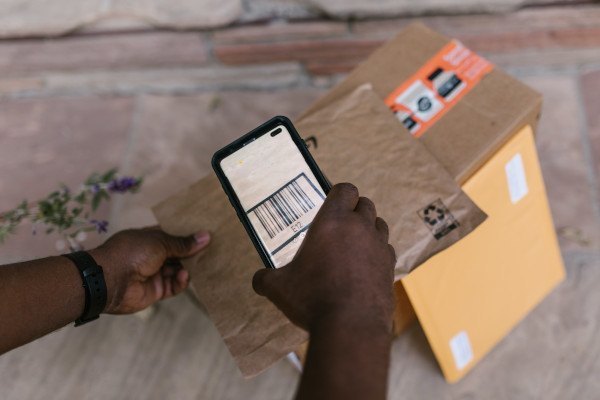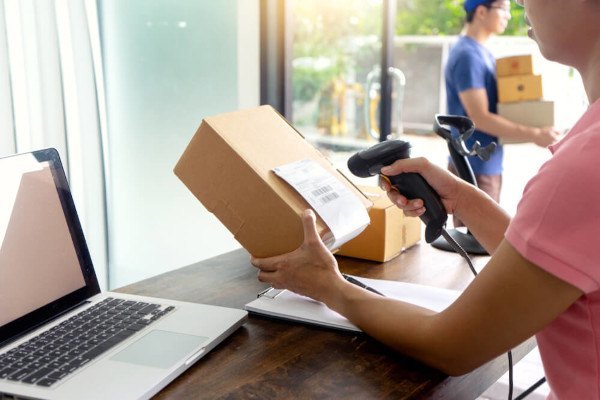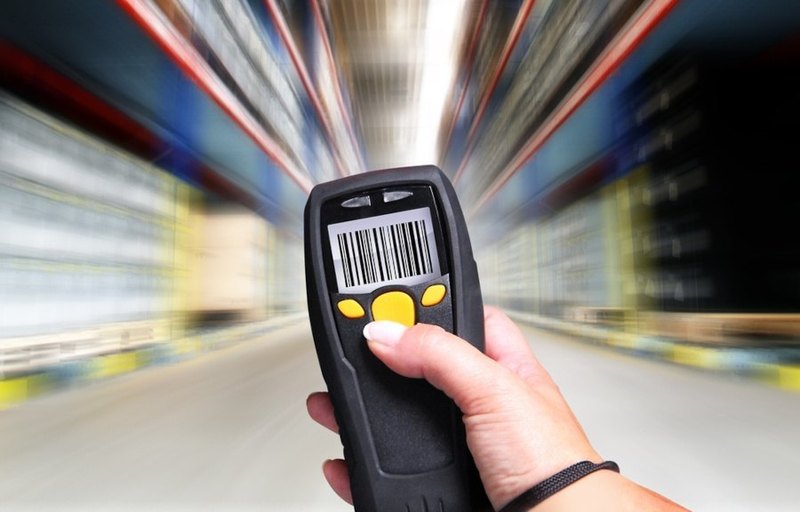Benefits of A Barcode Scanner For Your Small Business
As a small business owner, implementing a reliable barcode inventory system is a great way to save your money, save your employees’ time, and save yourself a great deal of stress over lost, misplaced, or depreciated inventory.
The first step is putting a barcode system in place even before an unwanted circumstance occurs. Many small business owners only start looking for a barcode system after losing inventory to theft, natural disaster, human error, or stock depreciation.
If you’re still unsure about getting barcode technology up and running in your shop, we are here to tell you that it is much easier than you think.
What is a barcode and how does it work?

Barcodes contain essential information and data of specific products. Barcode formats consist of different numbers and letters encoded with unique black bars and spaces of varying lengths and widths that enable the scanner to translate data.
A barcode scanner operates a laser to read these bars and spaces. Upon reading this type of information, they send it to a computer via a cable or a wireless connection, and it is the computer that decodes the reading made by the scanner.
Modern scanners are usually equipped with a USB connection, the fastest and most reliable way to transmit data. With this, you will only need to connect it to a USB port of your computer, without the need for additional drivers. However, many models also include Bluetooth or Wi-Fi, which allows you to avoid the hassle of cables.
What are the Different Types of Barcodes?

There are two general types of barcodes:
- One-dimensional (1D or linear)- these are barcodes that are made up of black bars, lines and spaces. The barcode scanner captures this and this code gets translated by a computer to product data
- Two-dimensional (2D)- these are composed of an array of black and white boxes of different sizes assembled together in a square shape image. The most common of this type of barcode is the QR code.
There are also two types of scanners using different technology of reading code:
- Laser – This is the most common scanner type. It utilizes a laser to read the reflectance of the black and white spaces in a barcode.
- Image scanner - acts more like a digital camera. Rather than bouncing a red laser beam, the imager barcode scanner takes a picture of the barcode, which it then analyzes.
The type of products you need to scan and the type of barcode you use should tell the hardware you need. For example, a laser scanner could do the trick if you use UPC codes. And, if you manage stock in a challenging environment such as in an industrial warehouse or a manufacturing facility, it may be worth looking into an industrial barcode scanner.
HID Protocol in Barcode Scanners
This mode is most common and primarily used as default in barcode scanners. It is most popular due to its simplicity of use. HID mode is the scanner’s factory mode and is intended to work with various other devices. In this mode, the scanner mimics a Bluetooth keyboard and requires tapping or clicking a text field before scanning. It connects via a USB port or Bluetooth.
It requires no additional software or SDKs (Software Development Kit) to be used, no need to write code to check a specific port and read it, in fact, no need for anything. Your app can use it already as it is. Connect your scanner to the device running your app, focus on an input field, and you can use it. The scanned code will flow straight into that input field.
Here is a compilation of 7 reasons you should now incorporate barcode technology.
Reduce Errors
The biggest reason to start using barcode systems in your store is that they reduce many recording errors and other problems caused by manually keying in information into documents or database systems. Over time, human error becomes very costly when mistakes aren’t caught or removed from the record. When using a barcode scanner, employees have to scan a barcode instead of manually writing something down or typing something. Simple, easy, and virtually free from mistakes.
Global Market-friendly
With today’s globalized supply chain, barcodes solve many problems when people speak and write different languages. Barcodes work the same way in any country, regardless of the user's language.
Faster than handwriting or typing
As mentioned before, scanning barcodes is much faster than typing or handwriting. A person can walk around a warehouse and immediately scan items without having to write them down or key them into a database with a smartphone or a laser scanner device.
At any time, your Excel workbook could be out-of-sync with your actual inventory count. If you haven’t updated inventory numbers, what you see in Excel may not reflect what you have on hand. Using barcodes, all your staff needs to do is scan each item. This makes workers much more productive and accurate, and time and cost efficient.
Reduce training time
Barcodes are faster than writing or typing. They’re a good fit for many businesses because many are already familiar with them. Nearly every supermarket has a self-checkout station where shoppers can scan their groceries. It’s most likely that your staff, even if they’ve never been behind a cash register before, can scan barcodes. This requires less time and money to train them.
Avoid Printing At All!
You can even avoid printing at all! Most products have their barcodes already printed by the producer or supplier. Small businesses can receive this product from their supplier, and when they sell it, they can just use the barcode to track inventory or sell the product.

Cheap to print
Printing barcodes can also be cost-efficient too. Other than a barcode reader, they require no extra equipment. Barcodes can be created with equipment that most offices have already, such as an ordinary inkjet or laser printer.
This is where you can make your own with a barcode scanner. Use a barcode printer to print barcodes.
Easy-to-track inventory
One of the most important uses of barcodes besides point-of-sale transactions is inventory management. Since almost all products already have a UPC code, it’s easy for a retail store to track the inventory in both warehouses and store shelves. Knowing the exact location and quantity of items in a supply chain is essential.
Quick to obtain data
Instead of manually keying it into a search engine and hoping to get some relevant results, it’s much faster to scan a QR code or other bar code with a mobile device than . With barcodes, users can scan items and get immediate feedback tailored to an item in every field, from food service to retail. With one quick scan, 2D barcodes can instantly share how many of each item is in stock, what items need to be ordered, and even what items are too many.
Barcoded items and a powerful system to back them will help your company reap several benefits like mobility, quick audits, vendor management, and cycle counts, accurate reporting, and more—all to get your business back on the road to profitability.




0 Comments
Recommended Comments
There are no comments to display.
Please sign in to comment
You will be able to leave a comment after signing in
Sign In Now